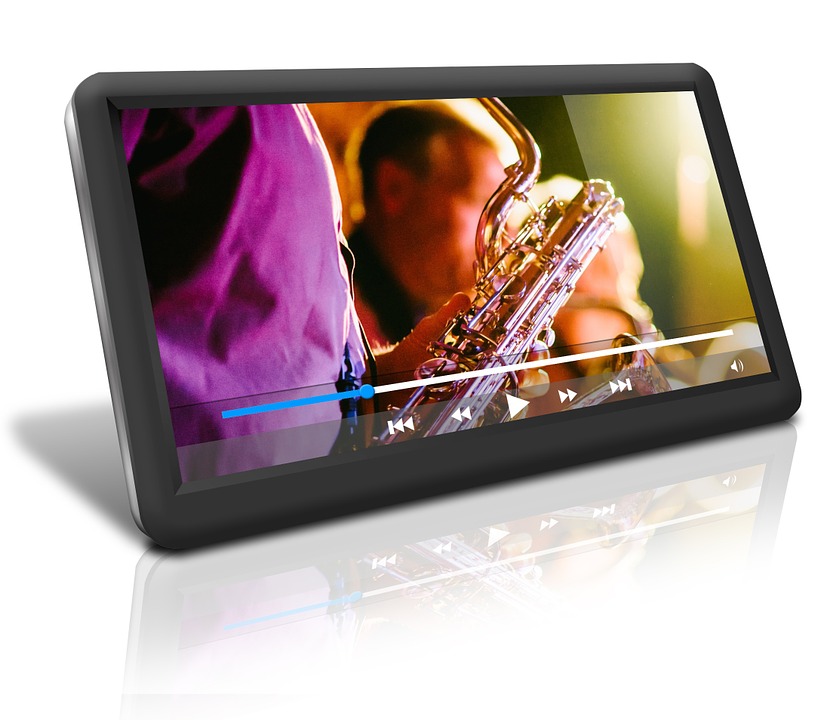Note that your final mark will not be saved in the system.
Music Videos: Industries (for exams from 2023) GapFill
You must fill all the gaps before clicking ‘Check Answers!’

In the UK, music videos that are considered potentially inappropriate or harmful for younger viewers are identified through the Parental Advisory Scheme. This is a structure operated by the BPI (British Industry). The general public can be made aware of any unsuitable content by the ‘Parental Advisory Content’ . This can be stuck to physical products such as CDs and DVDs or can appear on online platforms. The age suitability of songs and music videos is decided by looking at the following content indicators: drug taking or misuse; other forms of abuse (e.g. smoking, alcohol); dangerous behaviour presented as safe; sexual behaviour or nudity; bad language; and aggressive or violent behaviour.
Previously, music videos had been exempt from classification by the BBFC (British Board of Film ) and would, therefore, not be held to the same standards as films released in the cinema. However, since the BBFC has been working with the online services and YouTube to regulate any music videos which contain potentially harmful content. This rating system applies to all of the major record labels as well as a number of independent labels. The three age ratings that can be applied to music videos are 12, and 18.
The availability of music and music videos online has threatened the industry’s streams. One way in which artists can receive royalty payments for their music is through the enforcement of PPL (Phonographic Limited) licences. These ensure that any business which publicly plays music or music videos must obtain a licence. The venue will pay a licence fee to PPL. PPL will then ensure that licence fees are paid to performers and record labels. This process applies to restaurants, sports clubs, pubs, dance classes, etc. – essentially, any space.